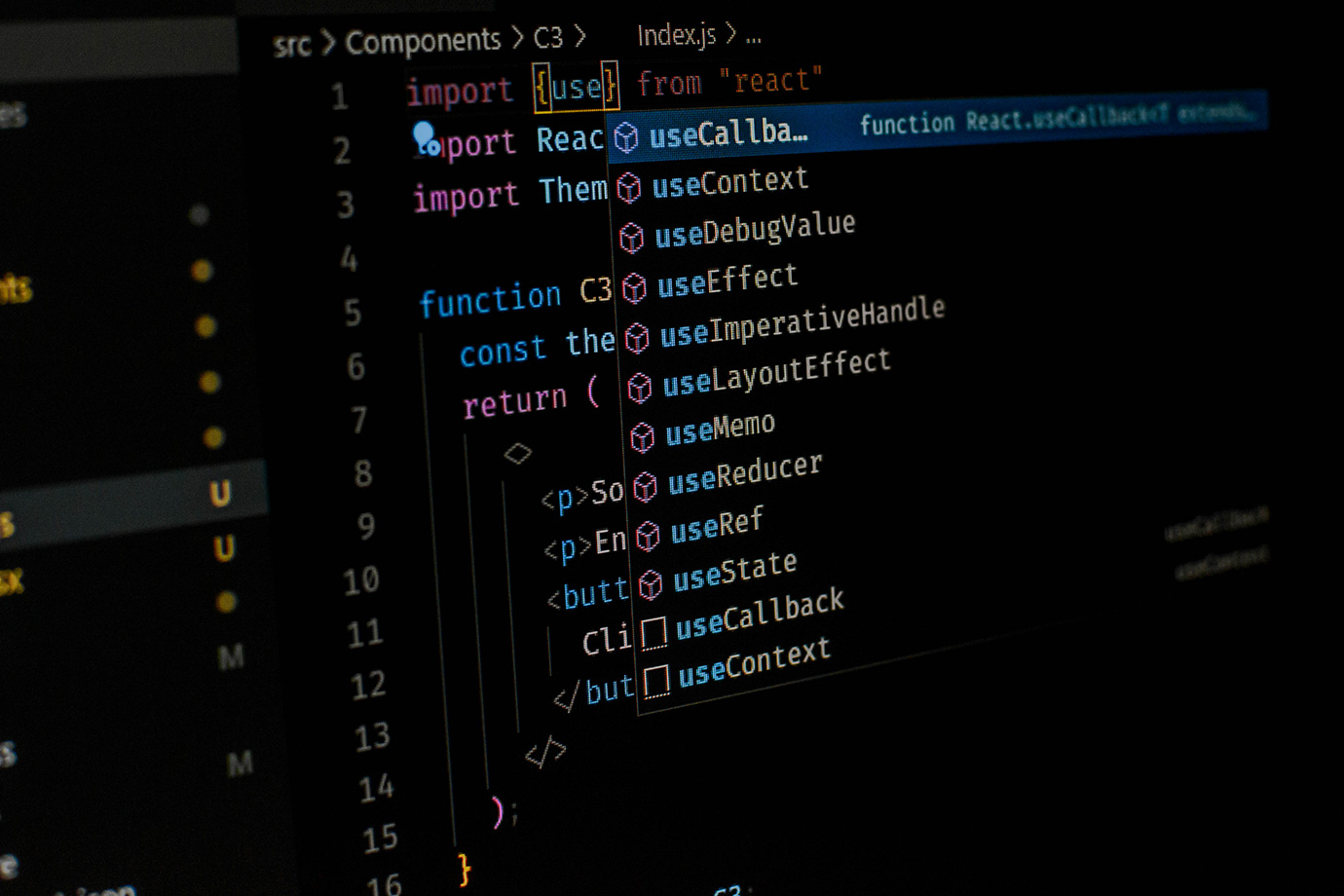Predictive Maintenance with IoT: How Companies Can Prevent Downtime and Save Millions
.jpeg)
30 Oct 2025
Introduction: The Cost of Downtime in the Modern Industry
The highly integrated economy of today can lead to losses if a machine breaks down for just a few minutes. According to research by Aberdeen Group, unplanned downtime costs industrial manufacturers an average of $260,000 per hour. In addition to delays in production, breakdowns damage the supply-chain schedules, customer satisfaction, and brand image.
It is not that it requires more maintenance; it is smarter maintenance.
Go to the IoT predictive maintenance, an approach involving connected sensors, live analytics, and AI to predict the upcoming failure of equipment before it occurs. Through predictive maintenance based on IoT, companies will save millions of dollars in a year saving through minimization of downtime and efficient optimization of operations.
What Is Predictive Maintenance with IoT?
Predictive maintenance (PdM) is an IoT technology and data analytics that allows monitoring the performance of equipment in real-time. Companies use continuous data streams to predict and prevent failures instead of working on a fixed schedule to carry out maintenance.
The Core Idea
Every industrial asset, such as a turbine or a conveyor motor, has performance data, which may be vibration, temperature, voltage, or sound. This data is recorded by IoT sensors and is analyzed to identify patterns and subsequently give alerts to the teams when patterns indicate wear or imminent failure.
The result? Maintenance Teams do the job that needs to be done at the time it is needed and nothing more.
From Reactive to Predictive: How Maintenance Has Evolved
| Approach |
Trigger |
Drawback |
Result |
| Reactive |
Run until failure |
Unexpected downtime |
Expensive, stressful |
| Preventive |
Calendar-based checks |
Over-maintenance |
Wasted resources |
| Predictive (IoT) |
Data-driven alerts |
Requires sensors/analytics |
Optimal |
The industrial IoT predictive maintenance is the transition of the react to predicting things, and it is redefining the operation of factories, fleets, and utilities.
How IoT Predictive Maintenance Works
1. Sensor Deployment
The IoT sensors are attached to the important parts of the equipment to gauge the parameters of vibration, temperature, and electrical current.
2. Data Transmission
The sensors send impending information to cloud or edge computing systems to process.
3. Data Analytics & Machine Learning
Algorithms identify anomalies, compare past trends, and predict when maintenance is required.
4. Alert & Action
The maintenance crews are automatically notified through dashboards or mobile applications to take action before the failure occurs.
Monitoring, analyzing, and acting with this type of closed loop ensures the health of a machine and the stability of its operations.
Key Components of an IoT Predictive Maintenance System
1. IoT Sensors and Machine-Health Monitoring
Sensors are used to detect the presence of vibration, temperature, acoustic emission, and the quality of lubricants, the first signs of degradation. These gadgets represent the core of all smart maintenance IoT systems.
2. Connectivity and Edge Computing
The 5G and edge computing can transfer data at a faster speed with low latency to provide an opportunity to respond to real-time events even in distantly located facilities.
3. IoT Data Analytics for Maintenance
Predictive models are used to analyze the collected data in order to identify the patterns that cannot be seen by human eyes. With time, these models acquire the ability to predict failures almost perfectly.
4. Machine-Learning Predictive Maintenance
Such algorithms as random forests, neural networks, and regression models assess the behavior of equipment, predicting the Remaining Useful Life (RUL) of assets.
5. Cloud Visualization & Integration
The outcomes are shown on dashboards that are based on ERP or CMMS systems, which allow automated work orders and centralized reporting.
Condition-Based Maintenance vs Predictive Maintenance
Although both are based on real-time monitoring, condition-based maintenance responds when the performance goes above a threshold, whereas predictive maintenance anticipates the trends of failures even before the threshold is violated.
In short:
Condition-based = reacts to changes.
Predictive maintenance = forecasts them.
Predictive analytics allows companies to move from “alert-driven” to “insight-driven” maintenance planning.
Real-Time Equipment Monitoring: The Game Changer
Conventional systems rely on manual checks in the form of inspections. In the case of IoT, the equipment reports its status every second.
Example: One of the mining companies has IoT sensors on the engines of trucks. When the pressure of oil decreases below normal, AI associates it with historical data, and it forecasts a gasket problem two days before failure. The part is replaced by the company during the change of shifts - zero downtime.
It is the best IoT to monitor equipment that is efficient, data-based, and proactive.
AI-Powered Predictive Maintenance
AI moves to the next stage of IoT data through the automation of decisions.
AI Enables:
- Anomaly detection: Discovers minor changes without delay before they grow.
- Root-Cause Analysis: Finds out which element is malfunctioning.
- Self-Learning Models: Improve accuracy with every dataset.
- Automated Scheduling: AI will be able to activate work orders within CMMS.
It is a merger between AI and IoT that is propelling a novel industrial automation with IoT in which systems are able to learn, adapt, and behave independently.
Cost Savings Through IoT Monitoring
Predictive maintenance delivers measurable ROI across industries.
Quantifiable Benefits:
- Maintenance costs ↓ 30 %
- Downtime ↓ 40 %
- Spare-parts inventory ↓ 15 %
- Asset life ↑ 20 %
One of the automotive suppliers that adopted the NanoByte Technologies IoT predictive maintenance solutions realized cost savings of $2.4 million in the first year of its implementation in a mid-size company.
Such savings stem from:
- Fewer emergency repairs
- Optimized part replacement cycles
- Better labor planning
- Reduced production loss
Predictive Analytics in Manufacturing: Turning Data into Decisions
The heart of predictive maintenance lies in data analytics. Terabytes of raw data are collected by IoT systems every day. Predictive models work with this information to reveal information like:
- An indication of frequency that predicts bearing wear.
- Irregularities in voltages suggest an imbalance in the motor.
- Change in temperature denotes lubrication problems.
Companies that transform data into actionable insight are in a position to stop reactive maintenance in favor of strategic maintenance of assets.
Implementation Challenges and How to Overcome Them
- Legacy Integration Equipment: Retrofit the old equipment with IoT sensors and plug-ins.
- Data Management: Have a cloud-based infrastructure that can be expanded to handle huge data.
- Cybersecurity: Prove the security of interconnected devices with the help of sound cryptography and access control.
- Skills Shortage: Re-train analytic and IoT tools teams.
NanoByte Technologies helps companies in all processes, installing sensors to collect information, and analyzing data analytics in such a way that ensures capital-safe and future-oriented realization.
Industrial IoT Predictive Maintenance Across Sectors
| Industry |
Application |
Key Benefit |
| Manufacturing |
Machine-health monitoring |
Uptime 40 % increase |
| Energy & Utilities |
Grid equipment diagnostics |
Reduced outages & risk |
| Transportation & Logistics |
Fleet monitoring & route optimization |
Fuel efficiency 10 % increase |
| Oil & Gas |
Pipeline pressure & valve monitoring |
Safety & compliance increase |
| Smart Buildings |
HVAC & lighting automation |
Savings in energy: 25% increase |
Predictive maintenance is not sector-specific; it’s a universal driver of operational resilience.
Digital Transformation in Asset Management
The core of digital transformation in asset management is IoT predictive maintenance.
Transformational Benefits:
- Connected Devices asset monitoring devices allow end-to-end visibility.
- IoT Data-Driven Maintenance Strategy brings together maintenance and business results.
- IoT-based Industrial Automation introduces the production, logistics, and analytics under one ecosystem.
As NanoByte Technologies tailors its IoT platforms, companies move towards self-healing systems, self-monitoring, self-diagnosing, as well as self-mending machines.
Building a Predictive Maintenance Roadmap
Step 1: Assess Critical Assets
Determine the equipment that is the most expensive to maintain out of commission or the most dangerous.
Step 2: Deploy IoT Sensors
Start small, monitor vibration and temperature on one machine family.
Step 3: Collect and Label Data
Past data is essential in training correct predictive models.
Step 4: Analyze and Visualize
Identify trends and alerts using the analytics platform.
Step 5: Automate and Scale
Add to ERP or CMMS to do scheduling automatically, and then scale up to plants.
The adherence to this roadmap will guarantee a seamless change to smart maintenance IoT ecosystems.
The Future: Autonomous Maintenance and Self-Optimizing Factories
Predictive maintenance is becoming prescriptive and autonomous maintenance - systems that are not only able to predict failures but also make decisions and take actions without human intervention.
As the AI and edge IoT continue to develop, the factory will be able to self-regulate, automatically order parts, and perform real-time optimization of production flow. These lights-out processes will be the hallmark of Industry 5.0; humans will oversee the strategy, whereas intelligent machines will execute.
Conclusion: Predict, Prevent, and Prosper
Downtime is not a mandatory event, but a choice. Through predictive maintenance using IoT, businesses acquire control over their business, expenses, and the future.
We work at NanoByte Technologies and assist organizations in deploying smart maintenance IoTs, which integrate sensors, analytics, and AI into a single system. Stop reacting to failures. Begin performance forecasting. The prevention is profitable in a world that is connected to industry.





